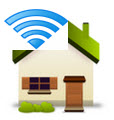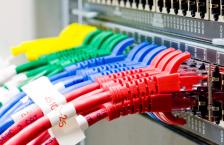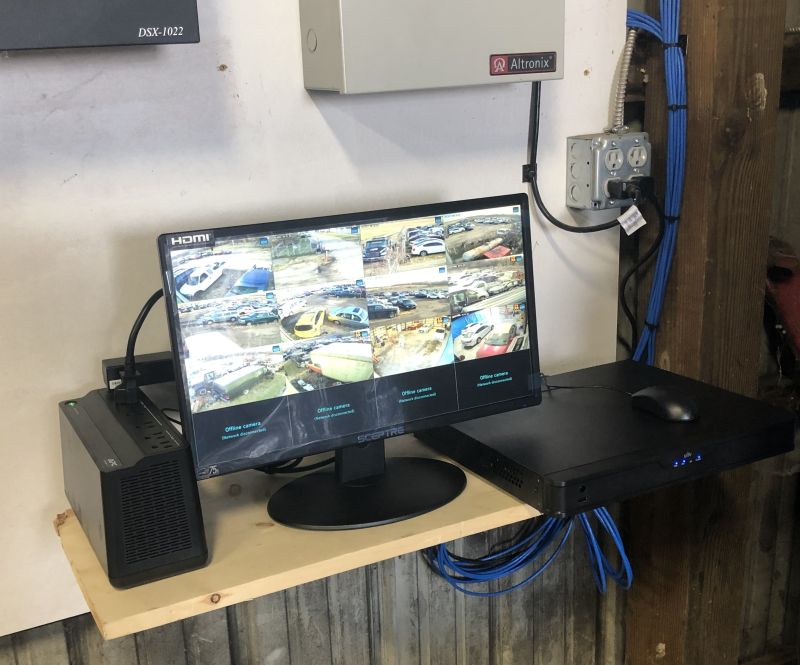If you’re looking to connect multiple devices to a single coaxial cable, a coaxial cable splitter is your go-to solution. This device takes a single coaxial input and splits it into multiple outputs, enabling you to connect multiple devices to a single cable. This guide will walk you through the process of using and installing a coaxial cable splitter, ensuring you get the most out of your cable setup.
Before You Begin
Before you start the installation process, ensure you have the necessary tools and equipment:
- Coaxial cable splitter
- Coaxial cable
- Coaxial cable connectors
- Coaxial cable crimping tool
- Coaxial cable cutter
- Coaxial cable stripper
- F-type connector tool
- Coaxial wall plate
Step 1: Choose the Right Coaxial Cable Splitter
Coaxial cable splitters come in various types, including active, passive, multi-switch, and diplex. They range from 2-way to 16-way splitters, so choose one that suits your needs based on the number of devices you want to connect. Remember, the quality of splitters can vary, and a lower-end splitter may interfere with the signal. Therefore, it’s crucial to select a high-quality splitter for optimal performance.
Step 2: Disconnect the Existing Cable
Before you start the installation process, disconnect the existing cable from the device it’s connected to. This step ensures that you don’t accidentally damage your device or the cable during the installation process.
Step 3: Connect the Coaxial Cable to the Splitter
Connect one end of the coaxial cable to the input port of the coaxial cable splitter. Make sure the connection is firm and doesn’t come loose. A loose connection can lead to signal loss or interference.
Step 4: Connect the Other End of the Cable
Connect the other end of the coaxial cable to the device you want to connect. Ensure the connection is secure and tight. A secure connection ensures that the signal is transmitted efficiently from the cable to the device.
Step 5: Connect the Additional Cables
Connect the additional coaxial cables to the remaining output ports of the splitter. Make sure all connections are secure and tight. Loose connections can lead to signal loss and degrade the quality of the signal.
Step 6: Test the Connections
After connecting all the devices to the cable splitter, test the connections. Turn on the devices and check if they’re receiving a signal. If the signal strength is weak, consider disconnecting some devices or using a signal booster or amplifier to enhance the signal strength.
Step 7: Install the Coaxial Wall Plate
For a more professional look, consider installing a coaxial wall plate. This allows you to connect the devices to the splitter without having to see the cables hanging out. Connect the cables to the wall plate and mount it on the wall.
Conclusion
Installing and using a coaxial cable splitter is straightforward, provided you have the right tools and equipment. By following this step-by-step guide, you can connect multiple devices to a single coaxial cable without any hassle. Remember to choose the right splitter, ensure all connections are secure, and test the connections to ensure a stable signal.
FAQs
What is a Coaxial Cable Splitter?
A coaxial cable splitter is a device that splits a single coaxial cable signal into multiple outputs. It allows users to connect multiple devices, such as TVs, cable modems, and routers, to a single coaxial cable source.
How to Install a Coaxial Cable Splitter?
To install a coaxial cable splitter, follow these steps:
- Identify the coaxial cable source that you want to split.
- Turn off all the devices that you plan to connect to the splitter.
- Connect the coaxial cable from the source to the “input” port of the splitter.
- Connect each device to the “output” port of the splitter using additional coaxial cables.
- Turn on all the devices and test the signal strength.
How to Use a Coaxial Cable Splitter?
To use a coaxial cable splitter, follow these steps:
- Connect the coaxial cable from the source to the “input” port of the splitter.
- Connect each device to the “output” port of the splitter using additional coaxial cables.
- Turn on all the devices and test the signal strength.
- If the signal strength is weak, try disconnecting some devices to improve the signal quality.
- If the signal strength is still weak, consider using a signal booster or amplifier to enhance the signal strength.






0